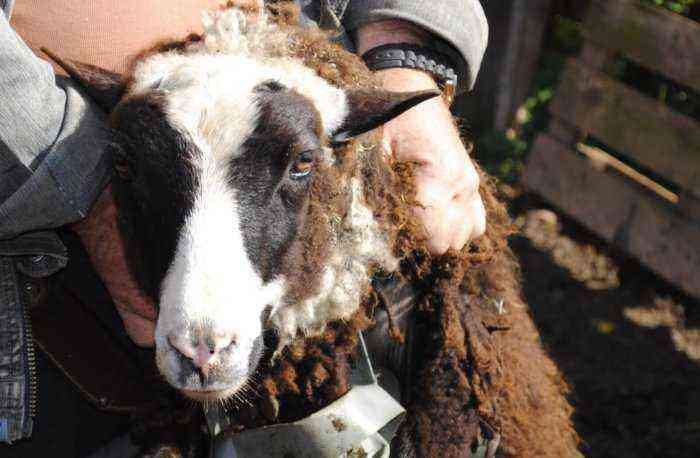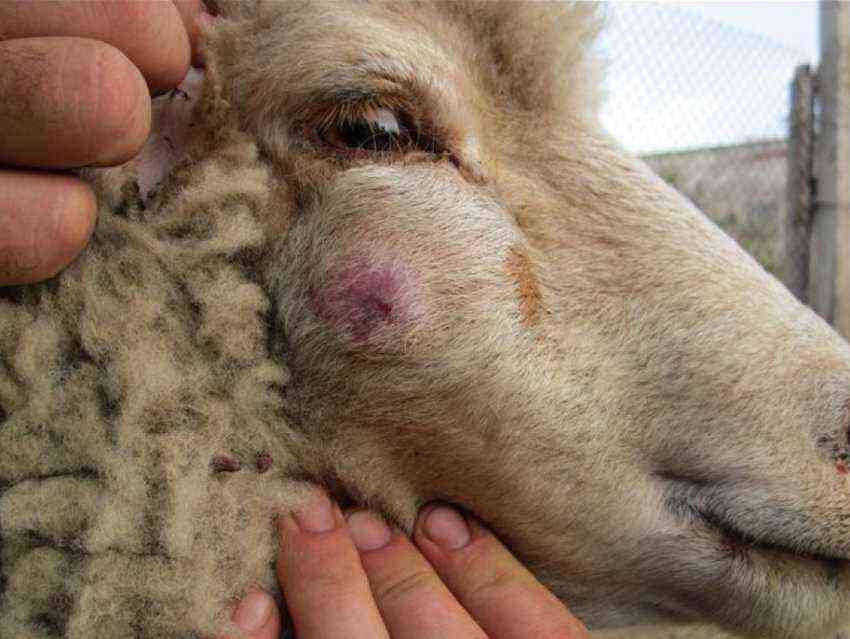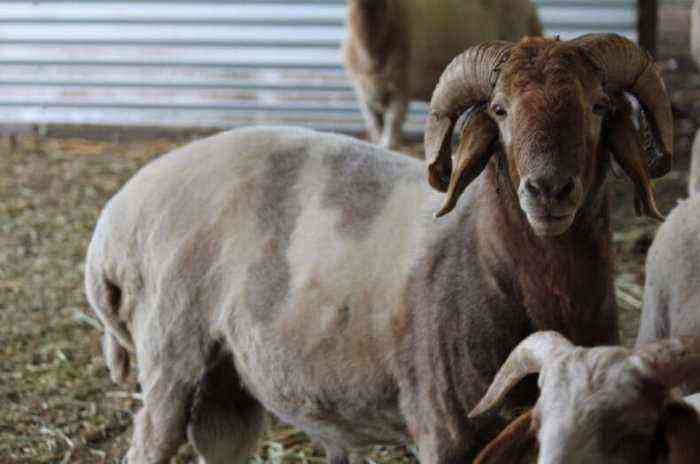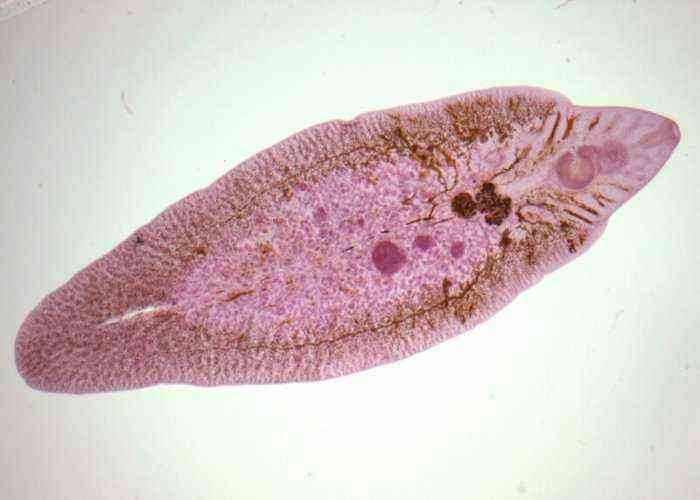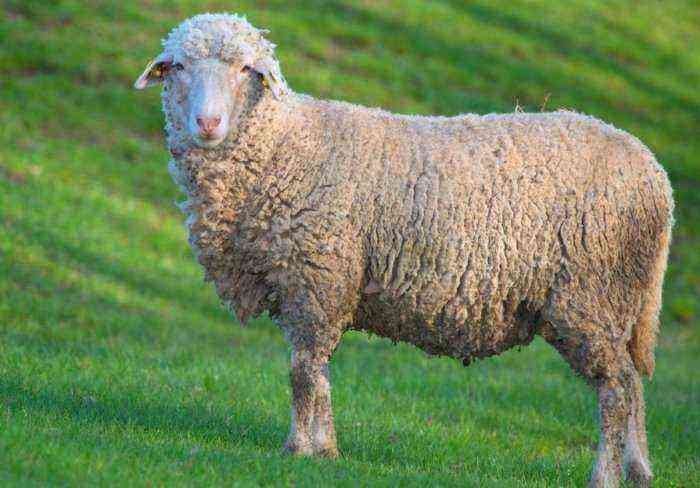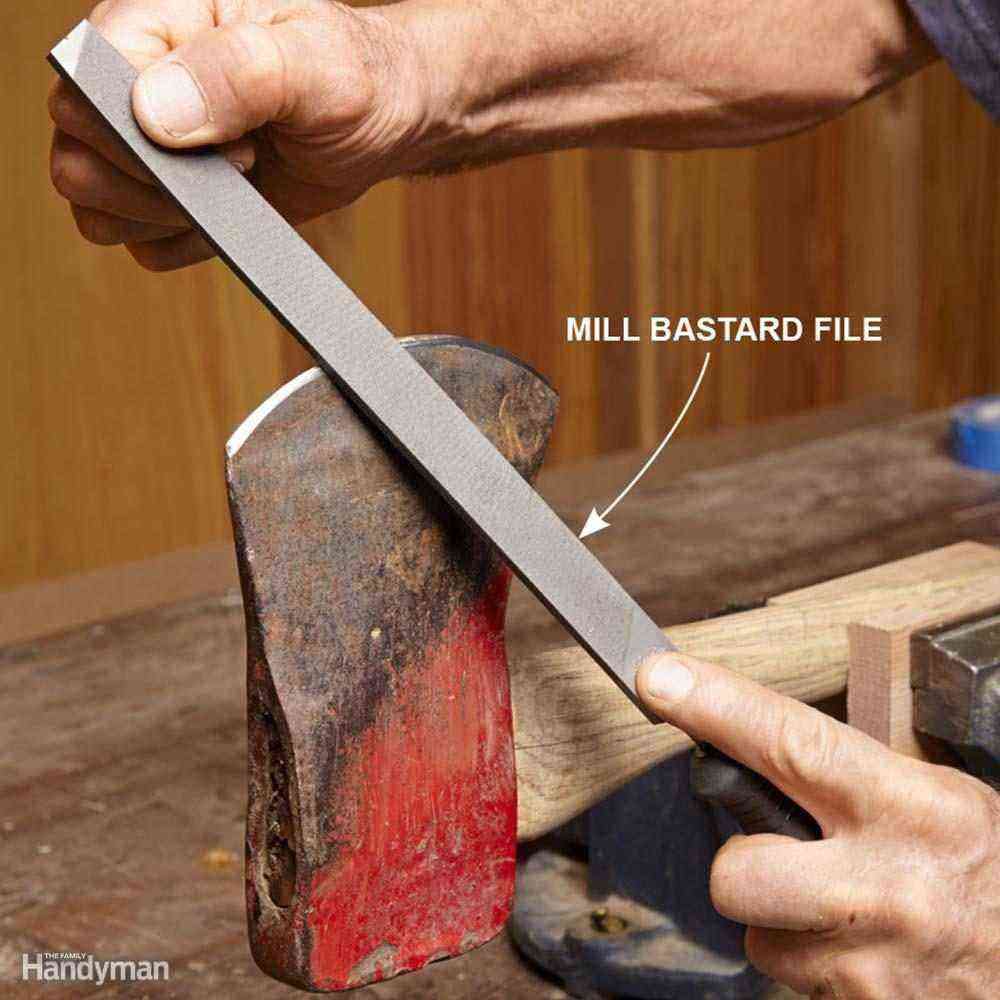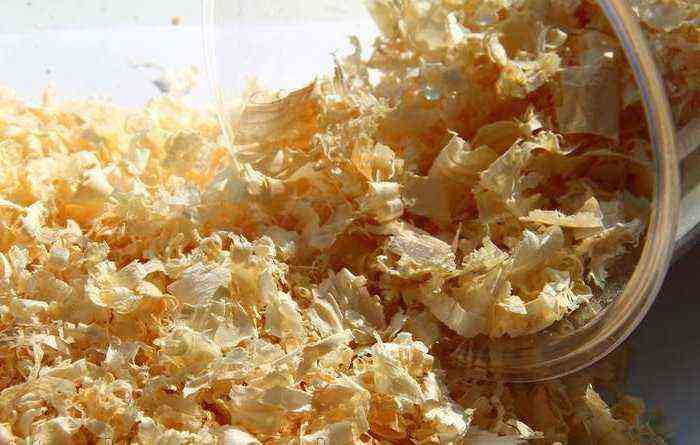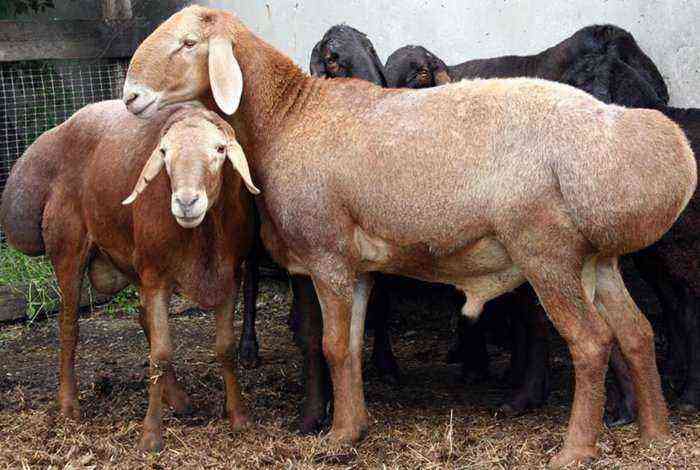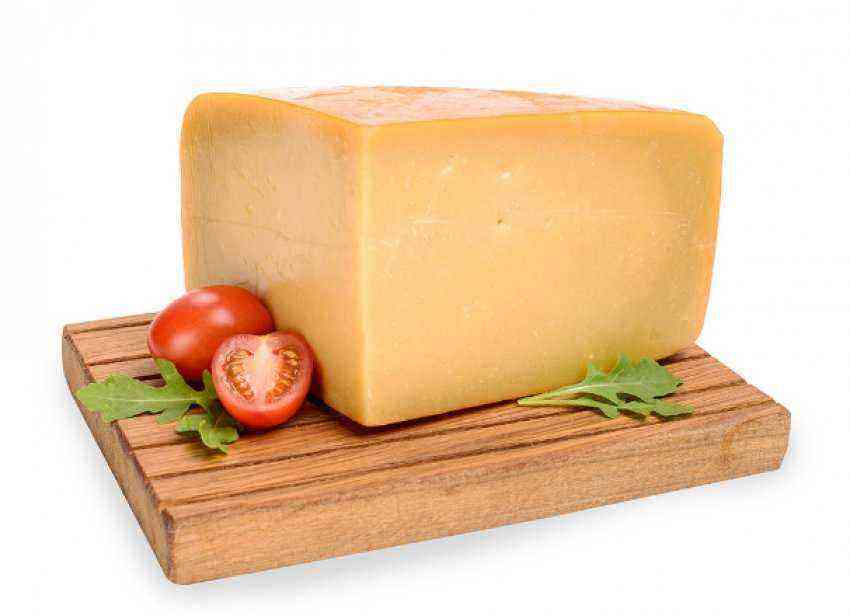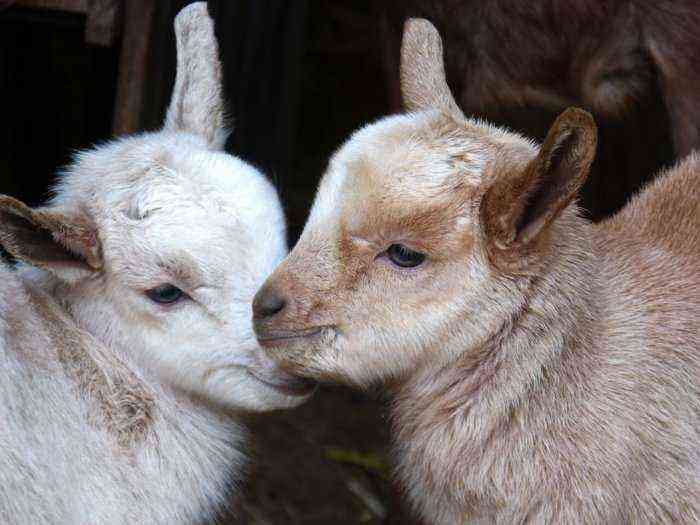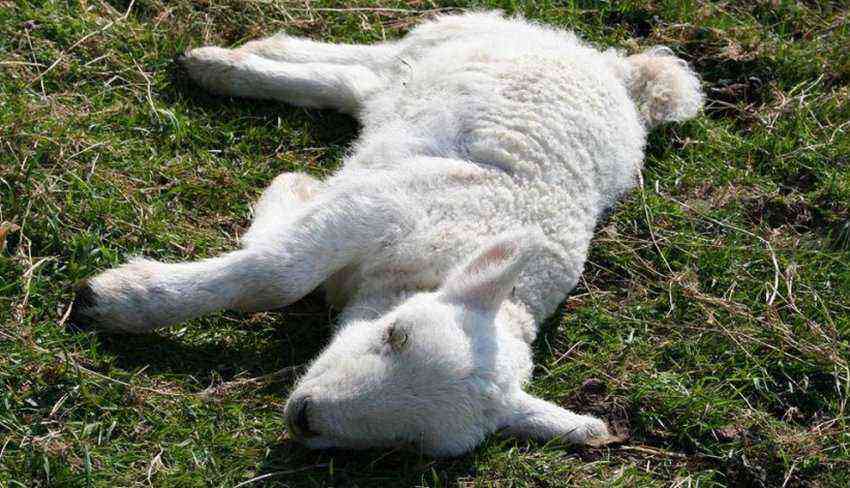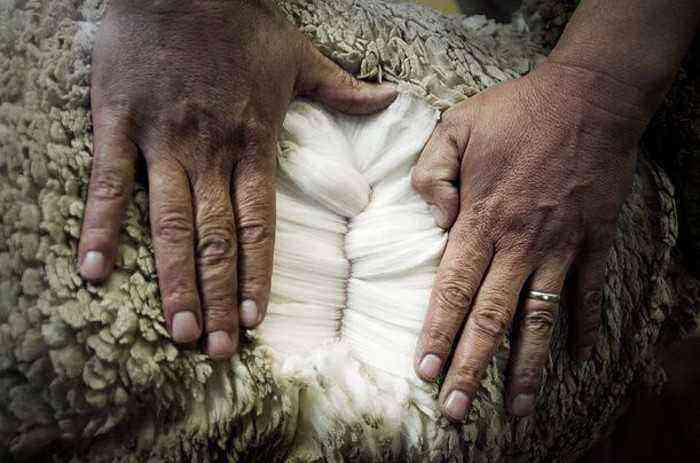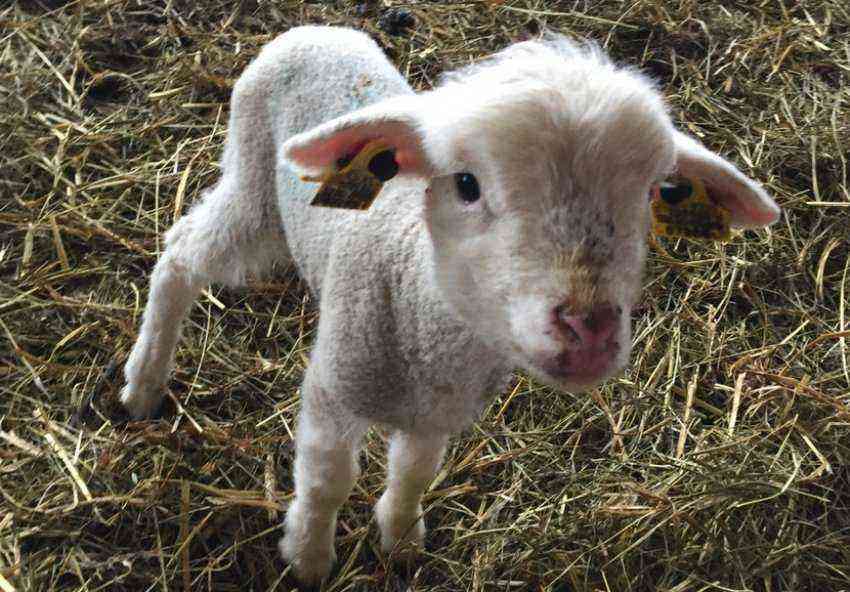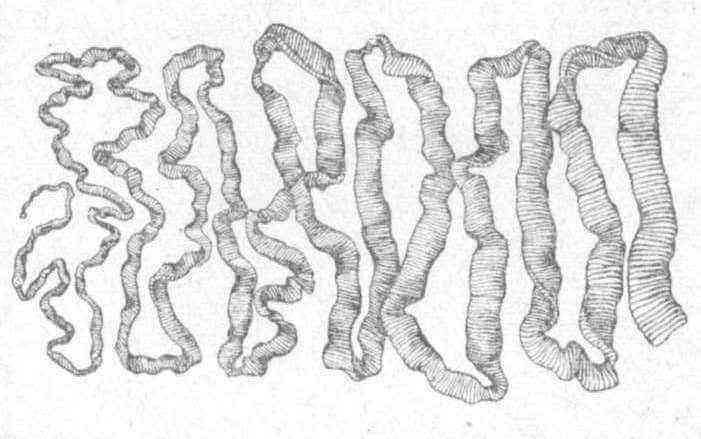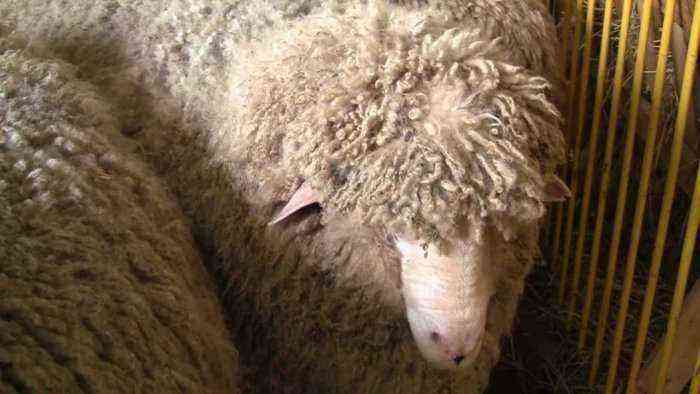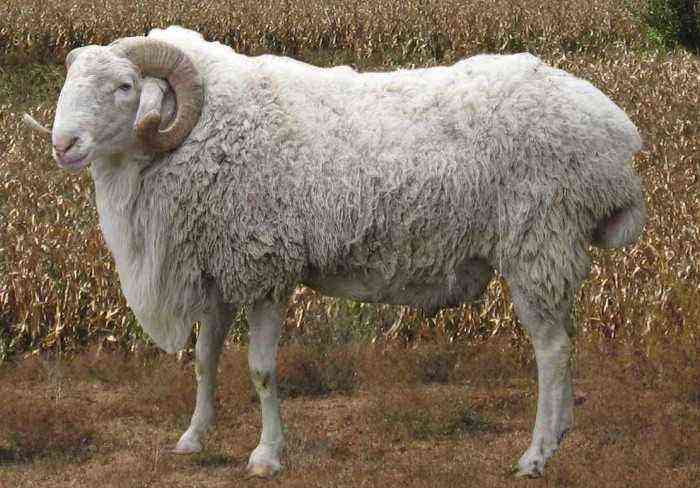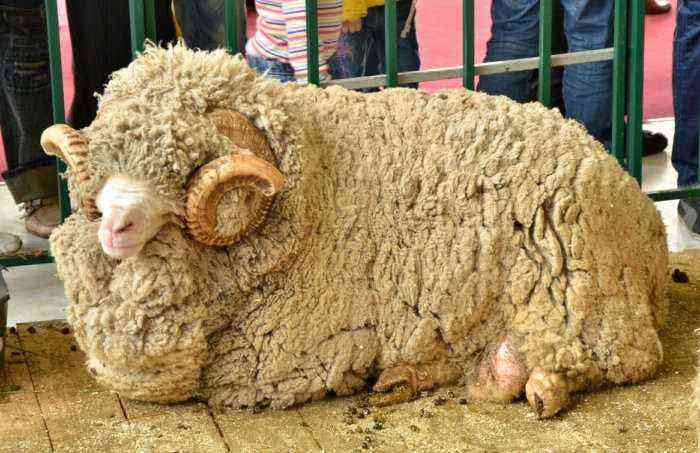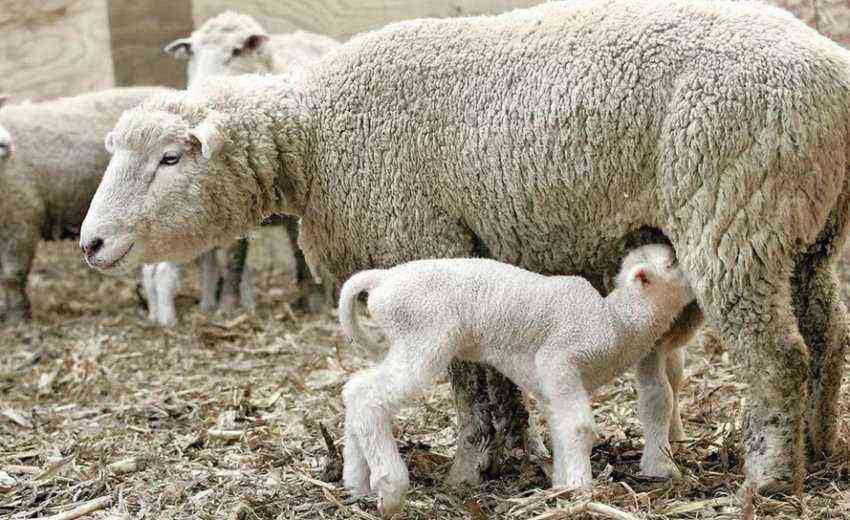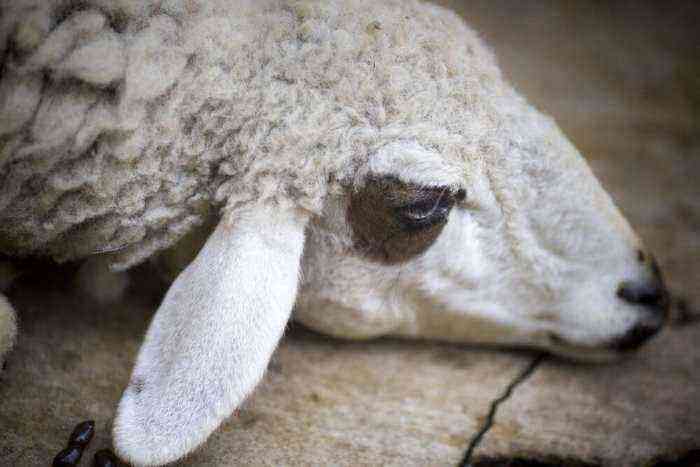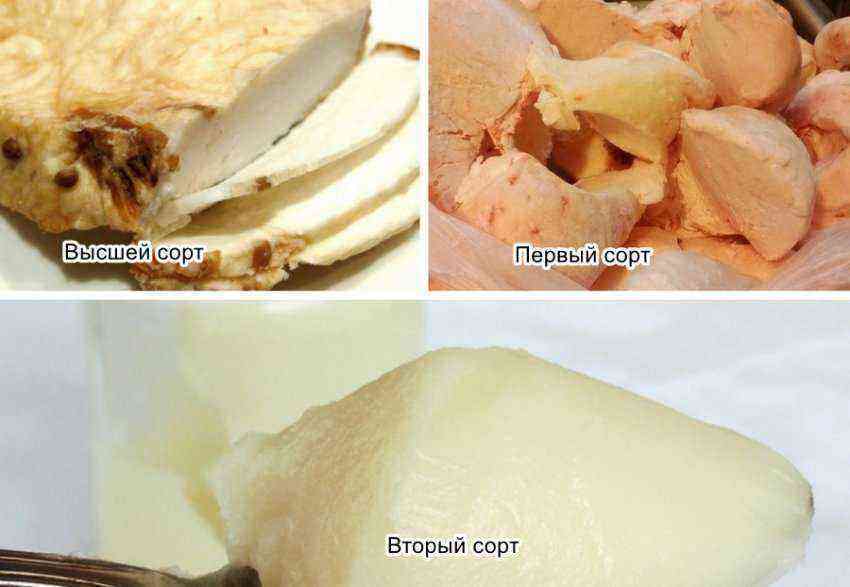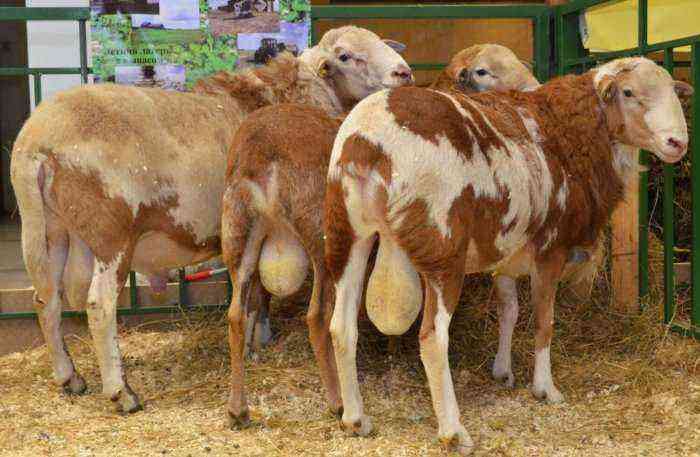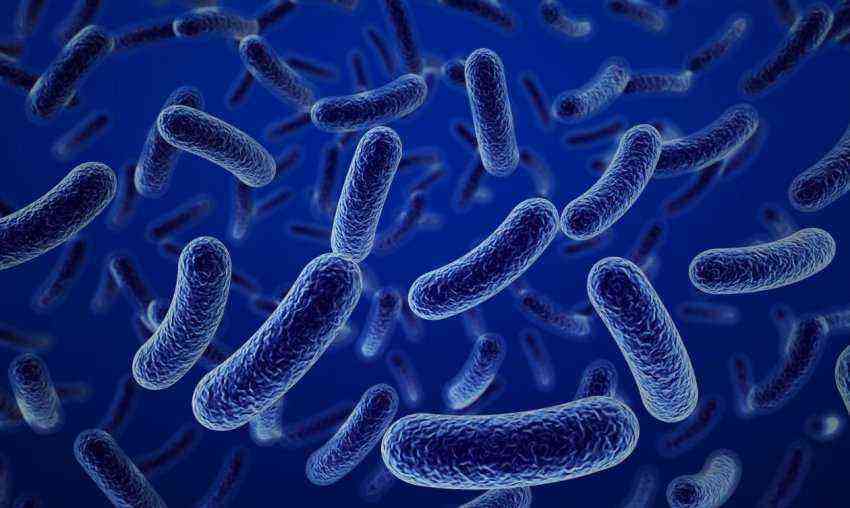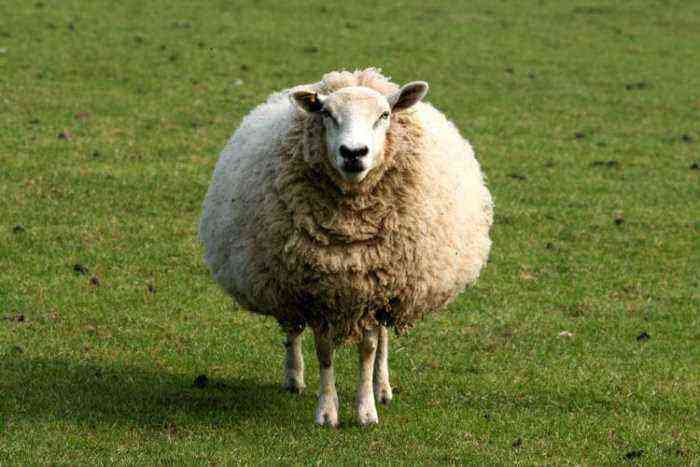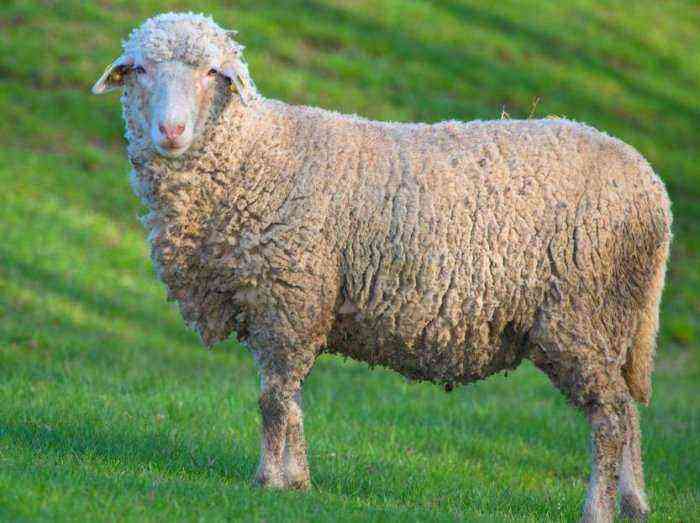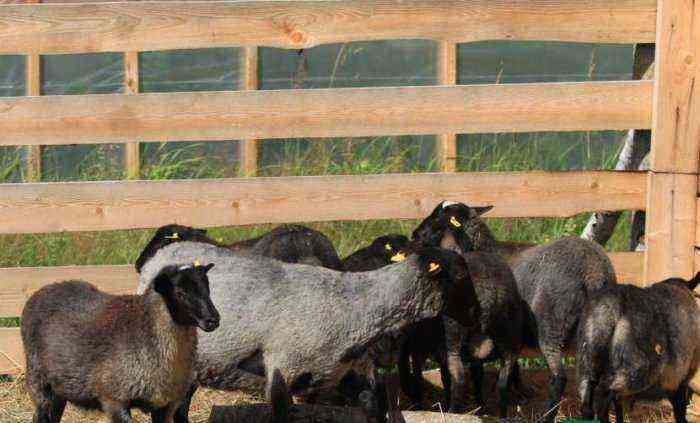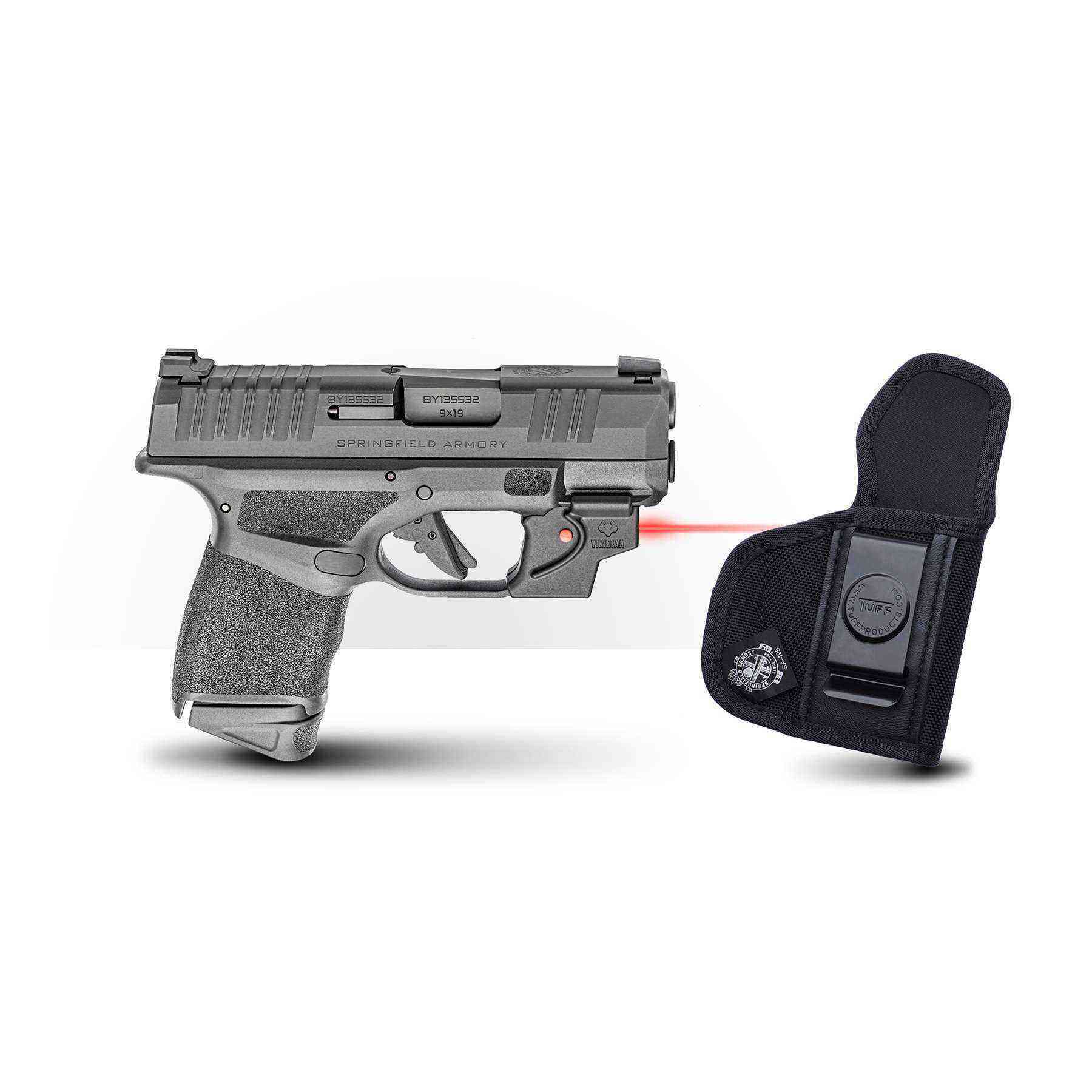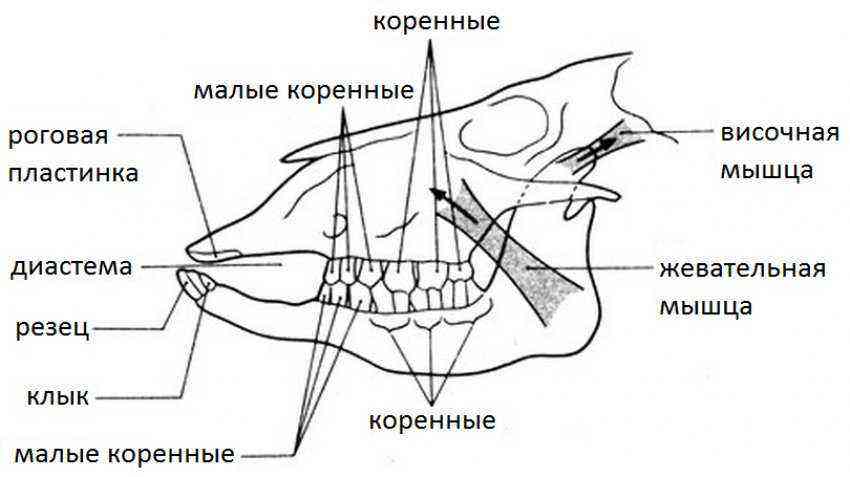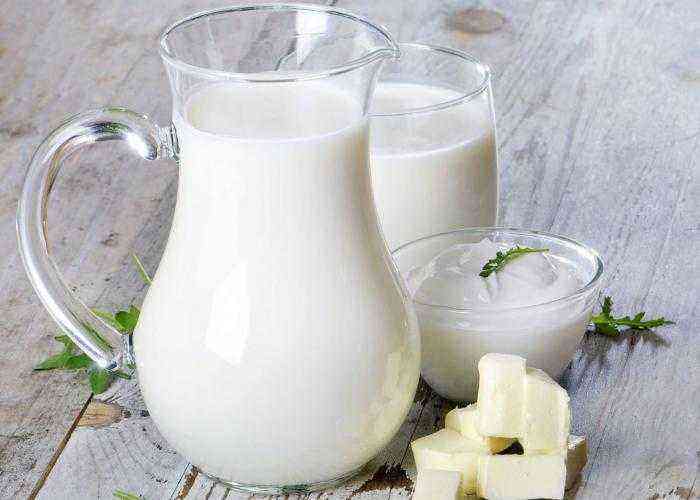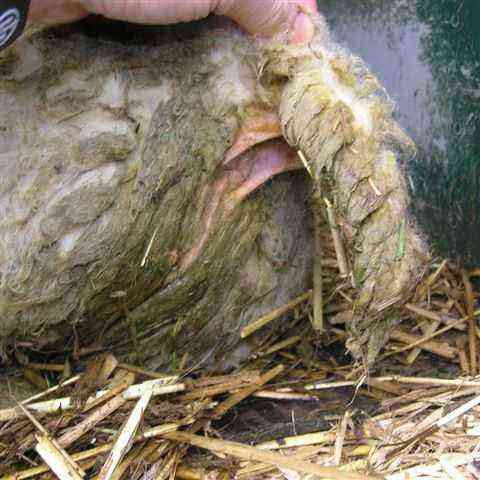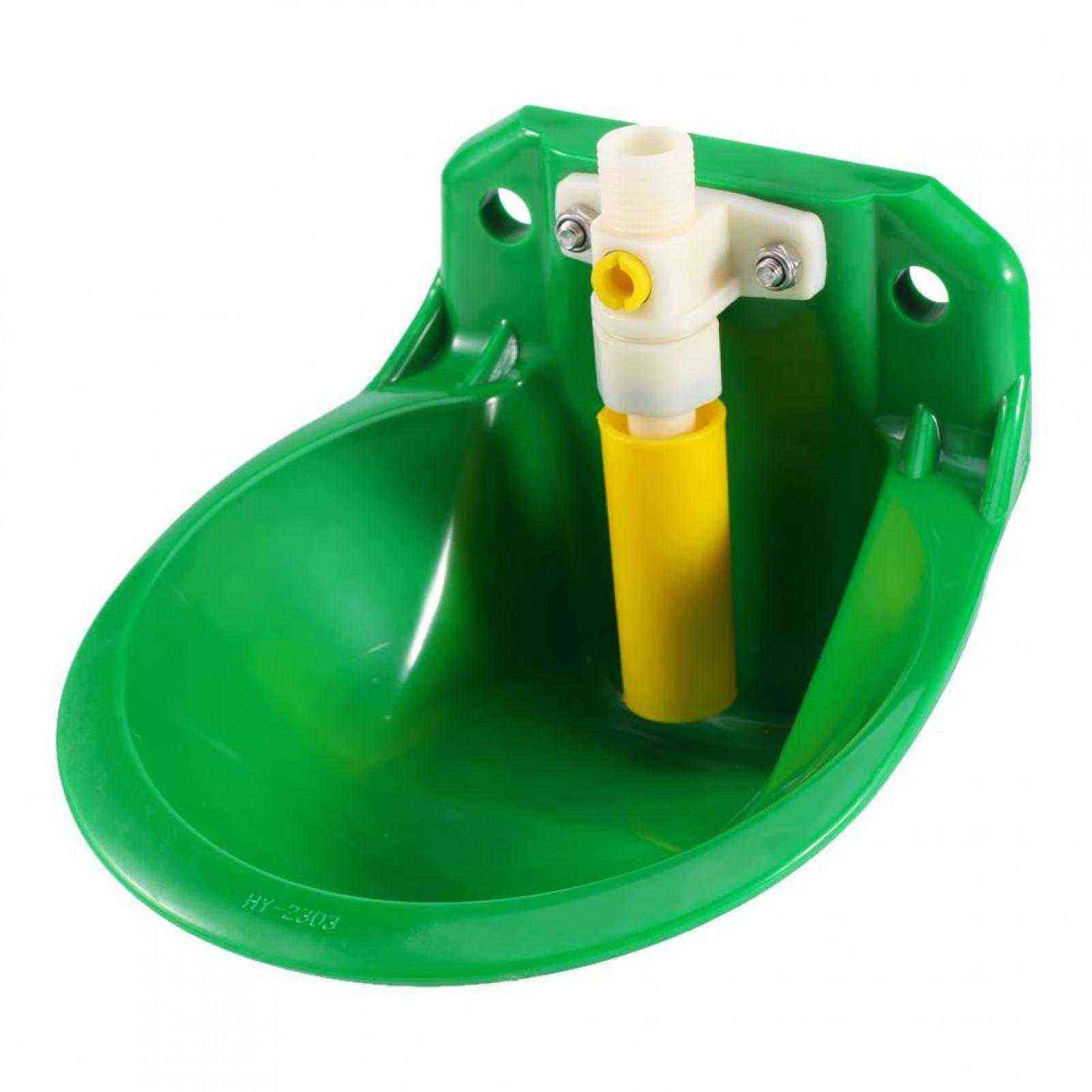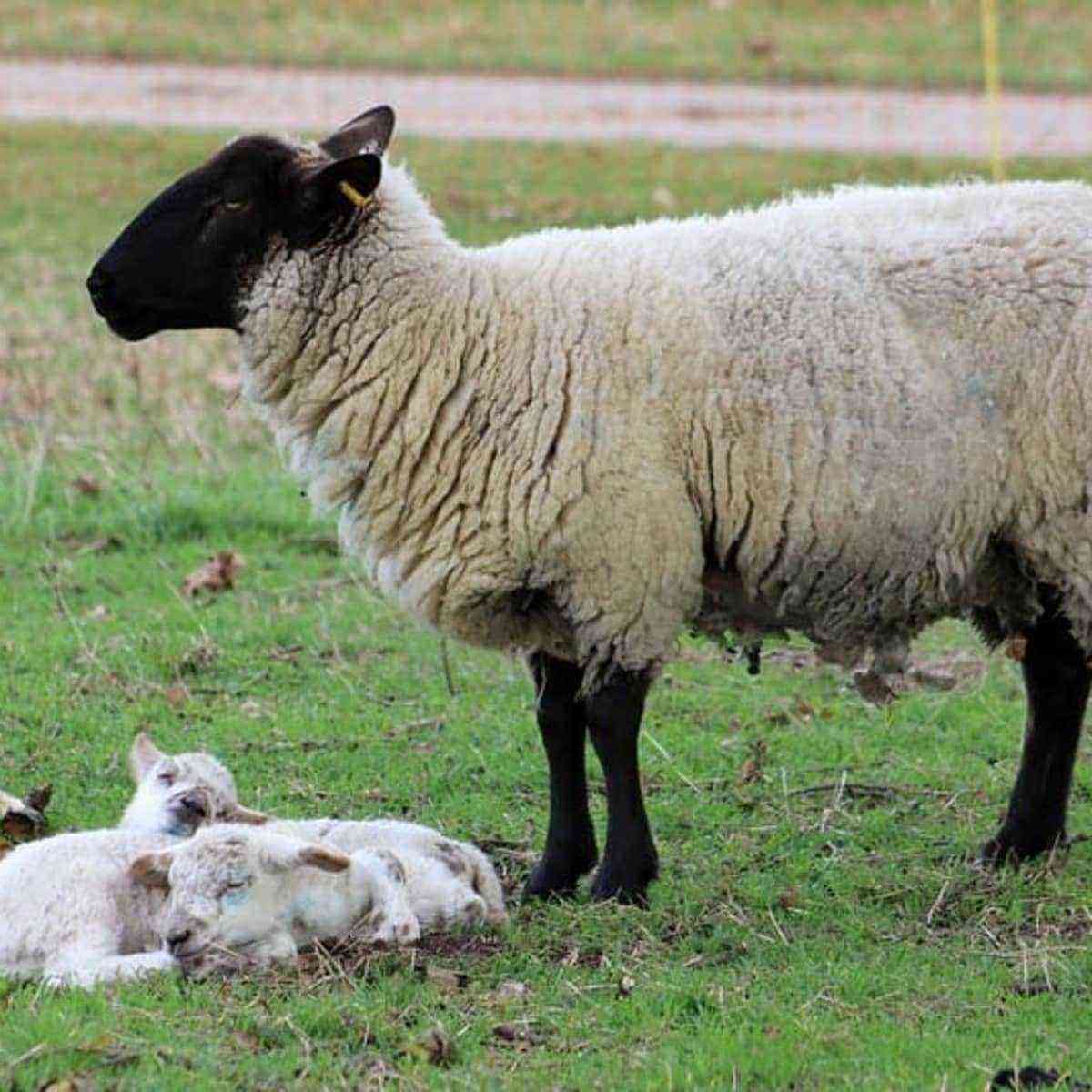Sheep of the Finnish Landrace breed belong to the meat and wool direction in terms of productivity. They were bred at the beginning of the 20th century on the basis of native local breeds. Today, these animals are popular not only in Europe, but also on other continents. The article will introduce readers to their characteristics and talk about the advantages of the breed.
Finnish Landrace sheep
History of the breed
Finnish landraces are the descendants of aboriginal Scandinavian sheep that lived in northern Europe for several hundred years. The Finns have been breeding them for a long time. At the beginning of the 19th century (1918), an association of sheep breeders was founded in Finland. Since then, breeders have begun to work on creating a new breed.
They crossed the best native sheep and carefully selected individuals with high productivity rates. Particular attention was paid to improving the level of female fertility and precocity, as well as to increasing the meat productivity of animals. Further, scientists worked on fixing the received signs.
Finnish landraces are strong-boned, short-tailed, semi-fine-fleeced. They belong to the meat and wool direction. Both rams and uterus are polled. Today they are used to improve the characteristics of other breeds – precocity and fertility.
Productivity
Representatives of this breed show good productivity in the meat and dairy direction. In terms of milk yield, they are ahead of domestic Romanov sheep, and their meat tastes better. It is tender and juicy, the fat in it is evenly distributed between the muscle fibers. The meat is almost devoid of a specific smell.
Attention! Slaughter yield of meat reaches 50%.
Landrace sheep also provide farmers with wool. Their fibers are long and thick. Animals are sheared twice a year. Wool output indicators:
- from an adult ram – 4-5 kg of raw materials;
- from the uterus – 3-3,7 kg.
Wool length is 13-19cm
The length of the wool is 13-19 cm. The thickness of the fleece depends on the age and sex of the animal. For example, queens have finer wool (48-50 microns), like lambs, while males have thicker wool (55-58 microns).
Attention! The yield of washed wool exceeds 60%.
Breeding
Puberty in Finnish Landrace sheep comes early. Bright can happen to rams already after reaching the age of 10 months. At the same age, they begin to use sheep for reproduction. The main condition is that by the time of the first mating, the bright woman should gain weight of 35-38 kg.
Ewes are polyestric, meaning they are ready to mate at any time of the year. They produce a lot of offspring. Each lambing can have 2-3 lambs, due to which the livestock increases by 240-250% per year. A Finnish Landrace sheep is capable of producing 2 litters per year. Lambs are born with a weight not exceeding 3 kg, but then quickly increase their mass.
Attention! Sexual activity in representatives of this breed increases in the autumn-winter period, and decreases in the hot season.
Advantages of the breed
The Finnish Landrace sheep breed has gained popularity due to its useful qualities. Consider them:
- high wool and meat productivity;
- milkiness;
- good taste of meat;
- acceptable rune quality;
- polyester;
- fertility;
- early maturity.
Finnish Landrace sheep perfectly convey their virtues to offspring, so they are used to improve other breeds. These animals are bred not only in Finland, but also in America and Australia. In Russia, they are also gradually gaining popularity.
